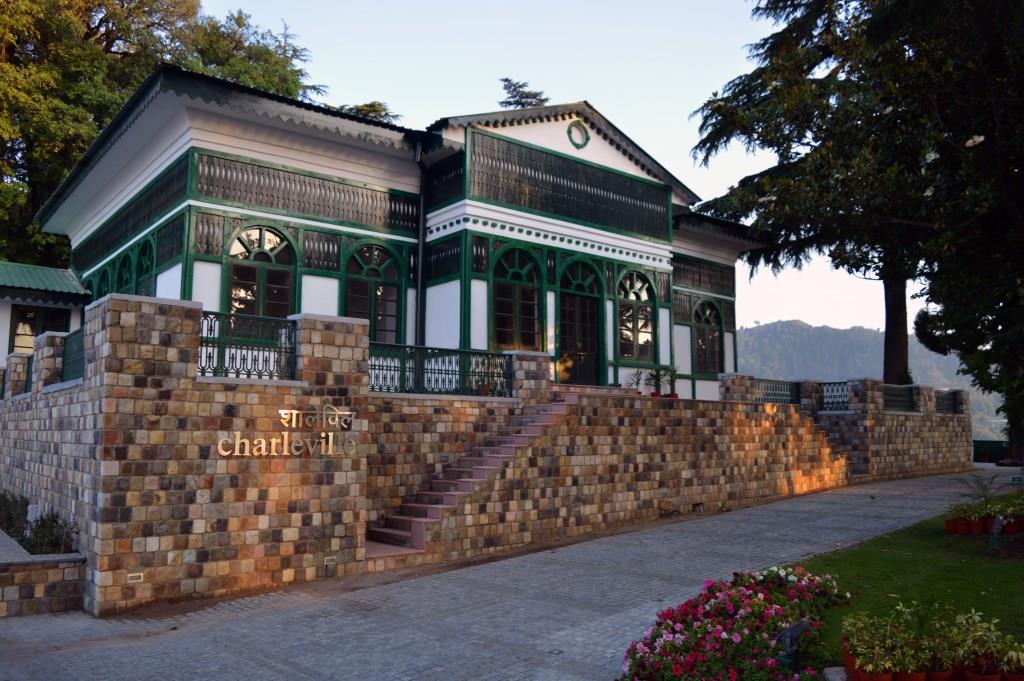Refer - Business Line
Enrich the answer from other sources, if the question demands.

IAS Parliament 6 years
KEY POINTS
Grid-connected solar irrigation offers farmers an additional income source, and if priced attractively, can reduce groundwater withdrawals
The KUSUM scheme has three components:
· Private sector led large-scale solar at sub-station;
· Off-grid solar irrigation and
· Grid-connected solar irrigation.
India cannot address its water and energy economy without addressing agrarian distress and finding non-agriculture income options.
Connecting the solar irrigation pumps to the grid to sell surplus electricity provides an additional source of income for the farmer which has been amply demonstrated by International Water Management Institute (IWMI) through a pilot project in Dhundi (Solar Power as a Remunerative Crop- SPaRC) and NDDB’s solar cooperative in Majkuva (Gujarat).
In a recent pilot launched by Punjab (Pani Bachao, Paisa Kamao with which authors are closely associated) farmers have demonstrated a saving of about 30 per cent due to day time power supply and ability to optimise use of water.
A recent analysis carried by the authors on a few 11kV electricity feeders of Rajasthan shows that with grid-connected solarisation of pumps:
· farmers would get substantial increase in their income that is climate resilient and counter-cyclical to agriculture, and get daytime, reliable, free power supply which reduces their production risk;
· recurring power subsidy to agriculture would get replaced by one-time capital subsidy; and
· Discoms would get cheap decentralised distributed generation that would reduce their network losses.
During droughts, the farmer can reduce the scale of agriculture and earn more money from the sale of power.
· For grid-connected solar to work, the Discom must keep the feeder “on” during the day as against the current system of supply of four to six hours to contain subsidy
· The government should create a “KUSUM Mission” with adequately funded anchor organisation at the Centre and similar organisation in each participating State.
· These organisations should draw staff from agriculture, water, energy and financial sectors from the public, private, and civil society entities and should be led by a hand-picked leader with a clear target of achieving 20 per cent solar conversion within five years.
· NDDB’s expertise in engaging farmers and creating cooperatives would be handy in training these anchor organisations.
· Dynamism of private sector should be tapped to create FPCs. The agriculture distress, water crisis, and fiscal distress caused by the power sector, has set a fertile ground to take advantage of affordable solar and achieve two grand objectives of doubling farm income and improving India’s water security.
Krish 6 years
Kindly review, Thanks u

IAS Parliament 6 years
Good answer. Keep Writing.

lakshmipriya 6 years
please review

IAS Parliament 6 years
Try to provide examples of international water management institute in Gujarat, Punjab and Rajasthan. Keep writing.

K. V. A 6 years
Pls review

IAS Parliament 6 years
Try to include about examples of Gujarat and Punjab. Keep writing.